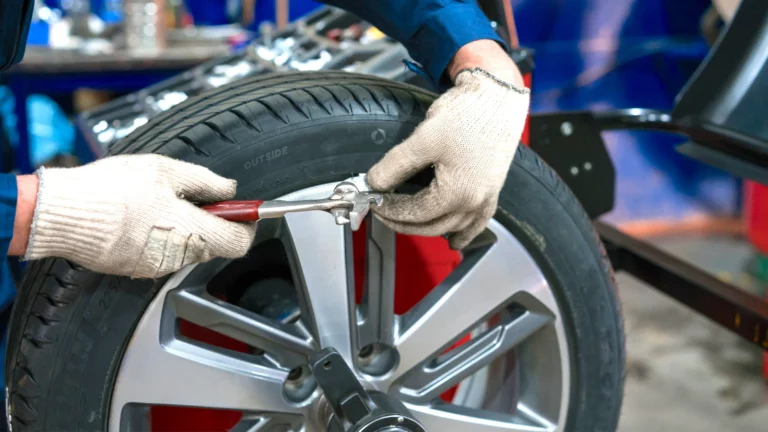Renault F1 aerodynamics and design
Last Updated on July 22, 2024 by Mutiara
Following are some computer simulated images of Renault’s F1 aerodynamics and design for 2009 along with information about the aerodynamic function and the way the software is used to simulate it’s effects.









